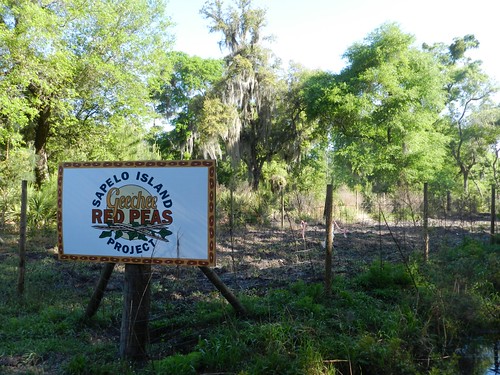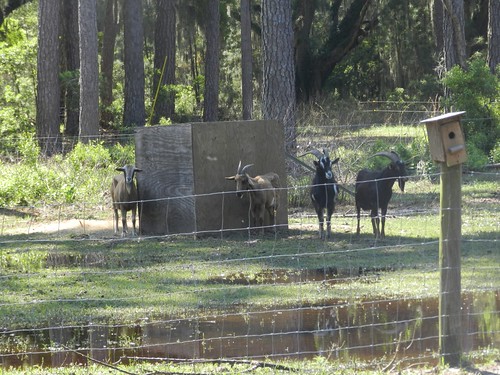
Sapelo Island off the coast of Georgia has a handful of residents, some of whom make their living raising livestock, farming produce and managing forests. While the barrier island is isolated and only accessible by ferry or private boats, USDA agencies in Georgia recently held a meeting on the island to talk about available assistance.
“This workshop was a great opportunity for many of our partner agencies to come together to meet these coastal area residents, discuss their needs and provide information and assistance to a group of individuals that have worked very little with us in the past,” said Karri Honaker, a district conservationist with USDA’s Natural Resources Conservation Service (NRCS).
Representatives from USDA’s Farm Service Agency, Rural Development and the Georgia Soil and Water Conservation Commission also joined NRCS to discuss opportunities for the island’s residents.
Most of Sapelo Island is owned by the state of Georgia, and is divided into a state park and the Sapelo Island National Estuarine Research Reserve, co-managed by Georgia and the National Oceanic and Atmospheric Administration. Sapelo is often noted as the birthplace of the modern ecology movement from research conducted on the island by Eugene Odum.
Most of the island’s residents live in a small community called Hogg Hammock, home to about 50 full-time residents. Some of the residents commute to the mainland to work, and a few manage working lands on the island. Traditionally, crops have been traded or sold between island residents although some produce is sold on the mainland.

Because of growing interest to increase the island’s agriculture production, local leaders with the reserve and the Coastal Georgia Resource Conservation and Development Council hosted the “One USDA” workshop for the island’s residents.
NRCS conservationists spoke about the available technical and financial assistance available for farmers and ranchers wanting to make conservation improvements to their land. From helping to install cross fences to making irrigation systems more efficient, NRCS conservationists told Sapelo residents about the wide array of conservation practices that can help agricultural operations and the environment.
As part of the event, the local island residents took the group on an agricultural tour of Sapelo. One of the operations viewed during the tour was the Sapelo Island Red Pea Project. The Red Pea Project encourages people on the island and in surrounding mainland areas to grow the historical red peas to help make money and improve their community. The project involves the community of Hogg Hammock, the Sapelo Island Cultural and Revitalization Society, local chefs and other local businesses.
More than half of the island residents attended the workshop and expressed interest in USDA programs and other assistance available to them. Since the meeting, the local USDA offices have sent several informational packages to island residents and received follow-up inquiries from residents.
“Their island farming operations are quite unique,” Honaker said. “NRCS and our partner organizations look forward to working with the residents of Sapelo Island.”
This September, USDA is celebrating the many opportunities and benefits provided by conservation by highlighting stories like this one. To get started with NRCS, visit your local USDA Service Center or www.nrcs.usda.gov/GetStarted.

